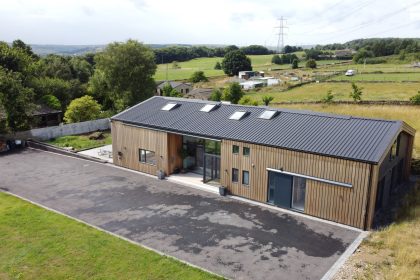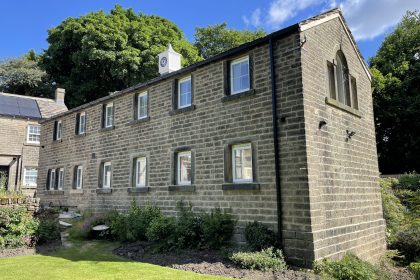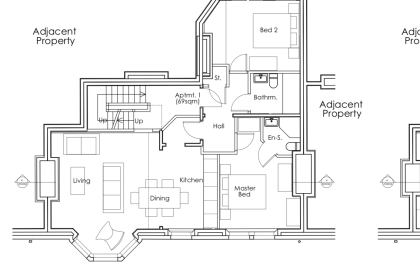 When you purchase a site or a building you must ensure you can build the home you want. Therefore, it is imperative that you are fully aware of the warning signs that could cause possible problems such as issues regarding planning permission, legal complications and any restrictions with the land itself.
When you purchase a site or a building you must ensure you can build the home you want. Therefore, it is imperative that you are fully aware of the warning signs that could cause possible problems such as issues regarding planning permission, legal complications and any restrictions with the land itself.
Here are ten things you should consider carefully before purchase:
- Planning permission – you cannot build on a site without planning approval, but you can often amend the approved design often quite considerably. Do not offer the asking price for a plot unless it comes with an approval, unless the price is reduced to reflect the risk involved in obtaining one. Also check the date on the approval notice as it usually only valid for three years from this date.
- Planning conditions – check as there are always some conditions attached to the planning approval notice, these can be fundamental and, in some cases, restrictive to what can be built.
- Price – if the price sounds too good to be true, then it more than likely is. Consult your own estate agent and the legal pack, or a solicitor if you are unsure.
- Legal issues – these need to be taken into careful consideration as they can impact the build, especially legal rights of access and for provision of services for instance. A Planning Approval does not necessarily give you legal right to these.
- Conservation/Heritage – check if the plot is near a listed building or in a conservation area as both can cause limitations on the development too.
- Drainage and flooding – if the plot is in a flood risk area check no changes have occurred since planning approval was obtained. If the plot is close to a public sewer verify accessibility, and consider how surface water will be dealt with. Also check with insurers whether they will insure a new home on the site.
- Access – always check any issues surrounding a long, restricted or shared access, including whose obligation it is to maintain or renew these. Again consult your solicitor if necessary.
- Trees – check for any tree preservation orders, and what if any restrictions these will impose on the new property.
- Protected species – if any are suspected on a site they are usually covered by certain conditions on the planning approval. Check for the presence of invasive species too like Japanese knotweed which can be difficult to remove and can damage buildings.
- Ground conditions and contamination – planning does not take ground conditions into consideration and costs of foundations vary, so ensure you know what is under your plot. Contamination is often detected at the planning stage and as per protocol conditions attached may require follow up investigations. It is often prudent to commission a Phase 1 geo-environmental site investigation of the site at an early stage, or request a copy if one already exists.
Here at Fibre Architects, we are experienced with all aspects of self-builds whether that may be the purchase through to the completion. We are more than happy to provide impartial advice. Do give us a call to discuss your requirements on 01484 544 410.







